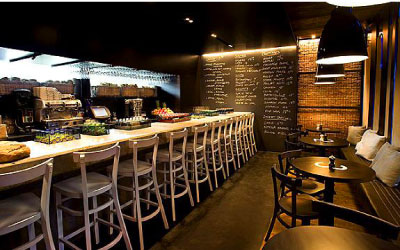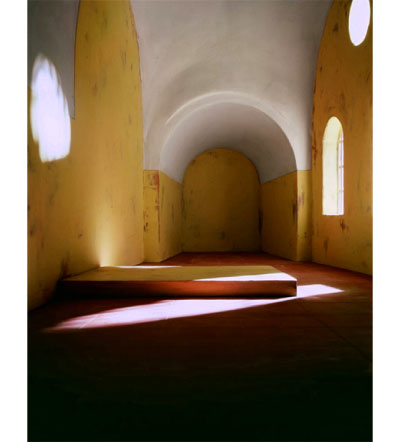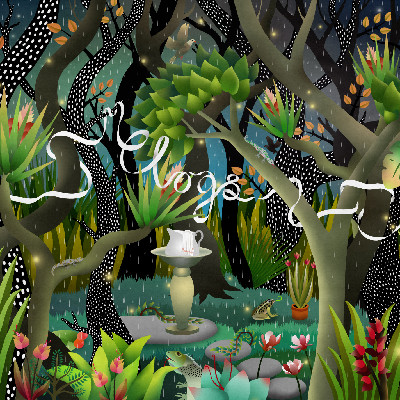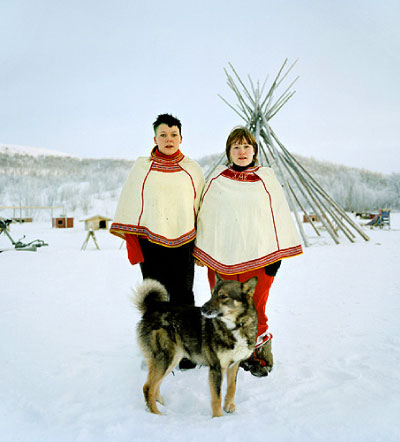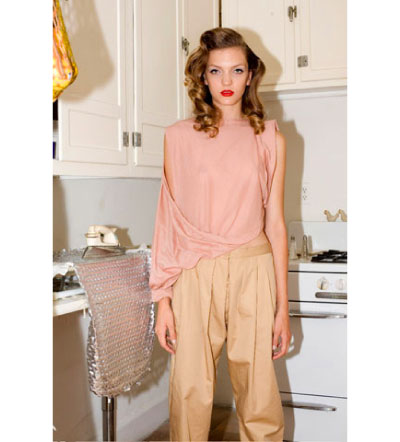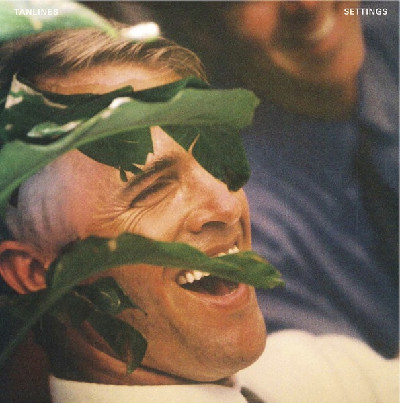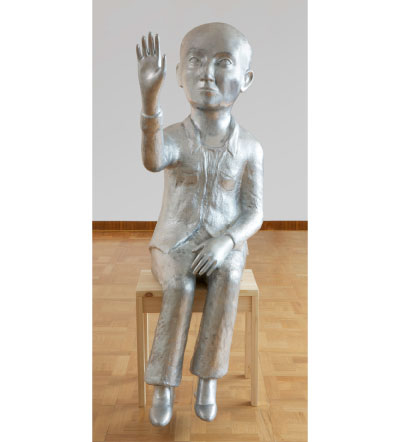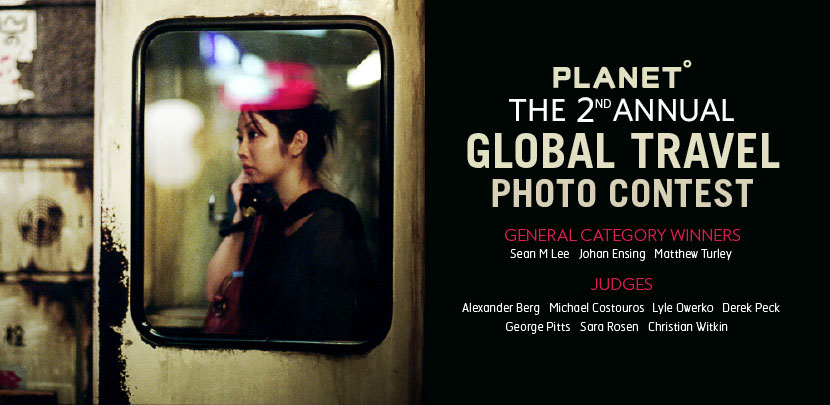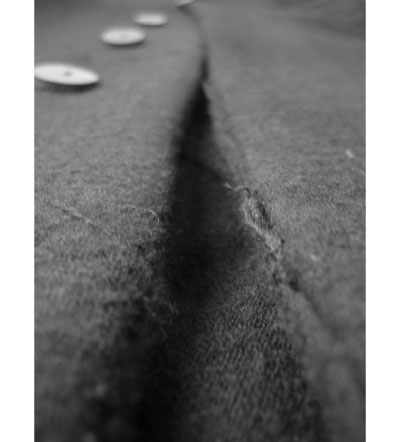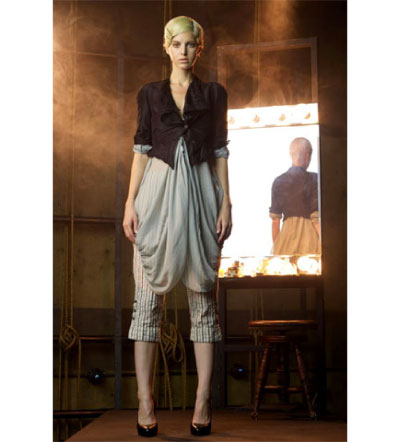
Lookbook photography by Alex Antich
New York-based designer Gary Graham’s ready-to-wear line for Spring 2010 is accessible, modern, and flexible, and built for a similar lifestyle. The collection of knit tank dresses, leather skirts and leggings, and draped dresses are mostly simple and chic; they’re embellished basics in muted colors that encourage a mix-and-match mentality. Designing for over ten years, Graham is not terribly daring, but accomplishes the rare task of remaining relevant. Graham’s high hemlines are youthful rather than risky; the relaxed fits and possibilities for layering help the pieces maintain a cool modesty and trend-defying longevity. An undertone of minimal deconstructionism and a simplified utilitarian vibe are reminiscent of Alexander Wang’s favorite silhouettes (soft draping and textures, menswear elements in oversize pieces made of shirting, form-fitting leather, flowy silks). But among all the army green and tomboyish nuances, Graham also makes sure the collection is a little soft: the stars for Spring 2010 include feminine chiffon slip dresses and luminous silk vests. Graham’s petticoat-like dresses round out the spring wardrobe and beg to be accessorized with skinny belts and ankle boots. A good look at Graham’s textural details hint at his traditional training in textiles: varying waistlines and ruffles seem subtly Victorian-inspired. Other airy details give a vintage feel that should improve with wear.




 Facebook
Facebook Permalink
Permalink Digg
Digg Reddit
Reddit LinkedIn
LinkedIn StumbleUpon
StumbleUpon Tumblr
Tumblr
